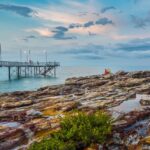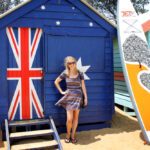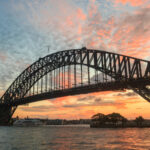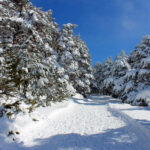Dinner and Ghost Hunting at Sydney’s Haunted Quarantine Station
The year is 1835. You’ve left your homeland on a long journey to the British colony of Australia, and tragedy strikes. The coughs and moans of your fellow passengers grow louder, and, before you know it, half the ship is infected. At long last, you catch sight of Sydney’s shores, only to learn you won’t be settling into your new home and building a life in the colony after all. Instead, you’re taken across the harbor to be quarantined, and you are told you won’t be able to leave or see any loved ones for at least forty days…that is, if you survive at all.
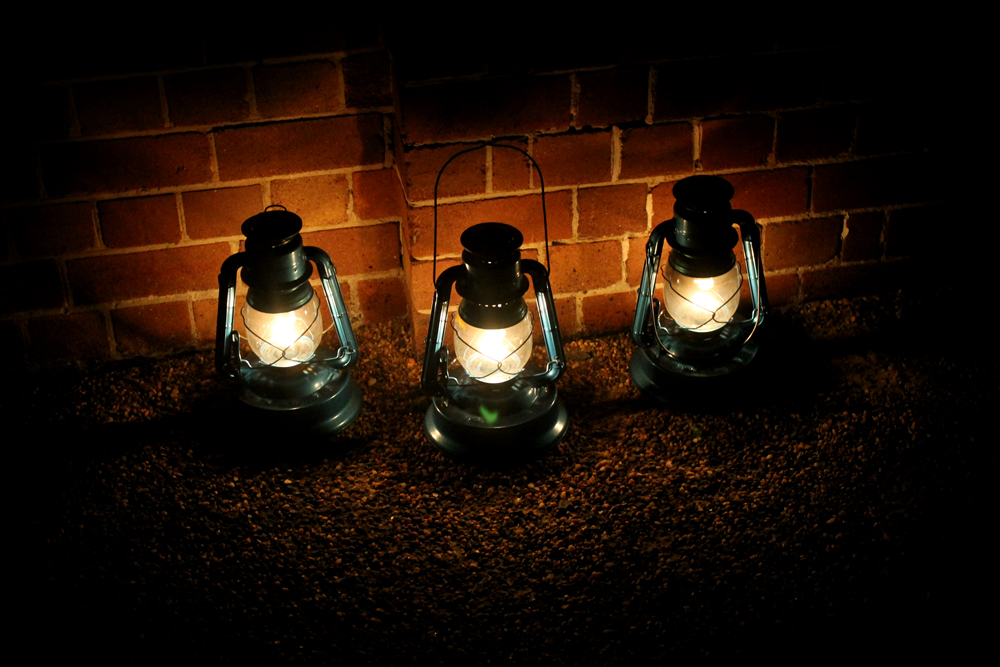
Enter if ye dare.
The Quarantine Station in Sydney’s North Head, near Manly, opened in the 1830s to serve this purpose. Immigrants arriving in Australia who were suspected of having an infectious disease were kept here until they were safe to be released, often under harrowing conditions. Think overcrowded hospital rooms, mandatory carbolic acid showers, rudimentary medical techniques, and rampant contagion.
Today, the Quarantine Station serves a far less odious purpose. Now called Q Station and located within the stunning Sydney Harbour National Park, it’s a tranquil escape from the hustle and bustle of Sydney, with hotel accommodations, harborside restaurants and bars, educational programs, historical tours, and even ghost hunting.
I headed over to the Q Station this weekend, hopping on board the Manly Ferry for unrivaled views of the Sydney Opera House and the Sydney Harbour Bridge at sunset, the sky glowing pink and purple as I reached Manly. I opted to take the thirtyish minute walk from the ferry wharf to the station’s entrance, admiring the sunset and keeping my eyes out for the endangered bandicoots that are said to populate the area.
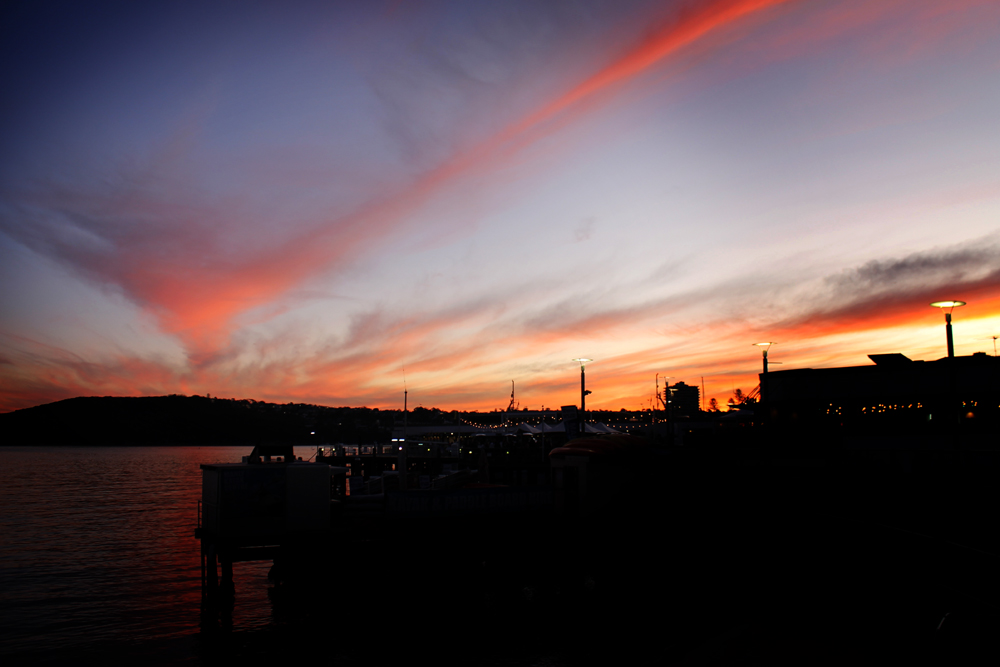
What a day to be in Manly.
The headline act for the night was the ghost tour I was to attend later, but I began my visit with a meal at the Boilerhouse Restaurant. With brick walls and restored pipes, the restaurant gives diners a reminder of its history with a modern, trendy twist. I opted to try their pumpkin, carrot, vincotto, quinche, chestnuts, and lentils plate, whose beautiful presentation was surpassed only by its flavors. I topped it off with a fresh peppermint tea and some conversation with the friendly servers, and then I was off to immerse myself in a bit of history.
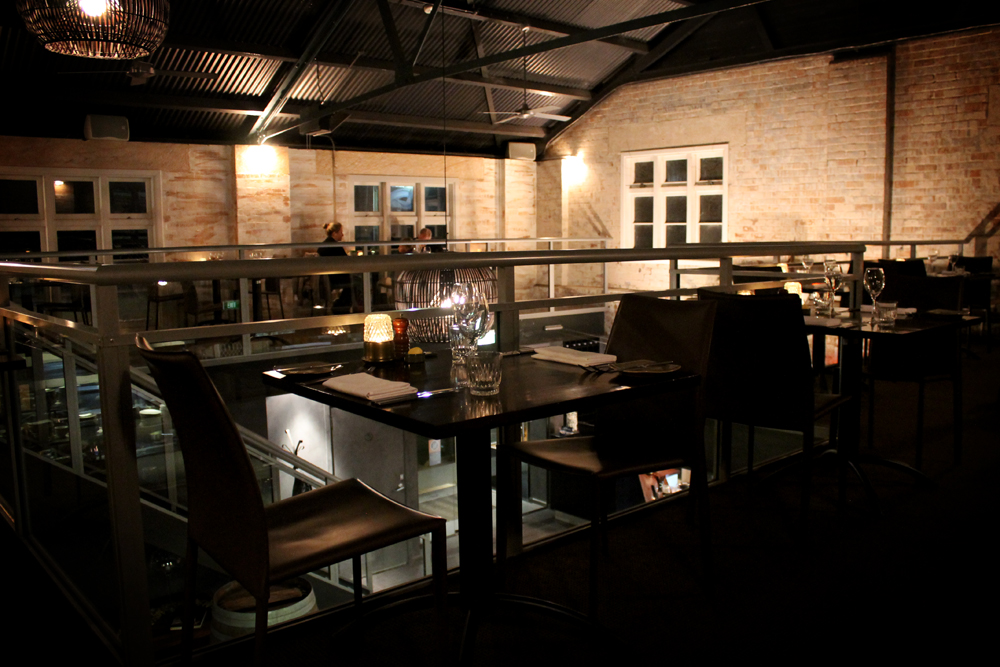
Inside the Boilerhouse
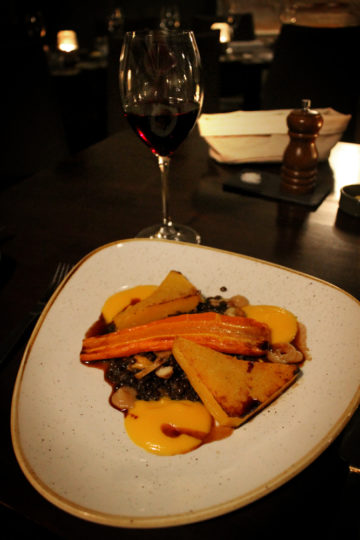
Yum.
Q Station’s museum is free to guests and explains the history of the area, from its Aboriginal beginnings to its use today, as well as some general information about immigration to Australia and rampant diseases over the past few centuries. It also houses a variety of artifacts, including nineteenth century graves and medical tools.
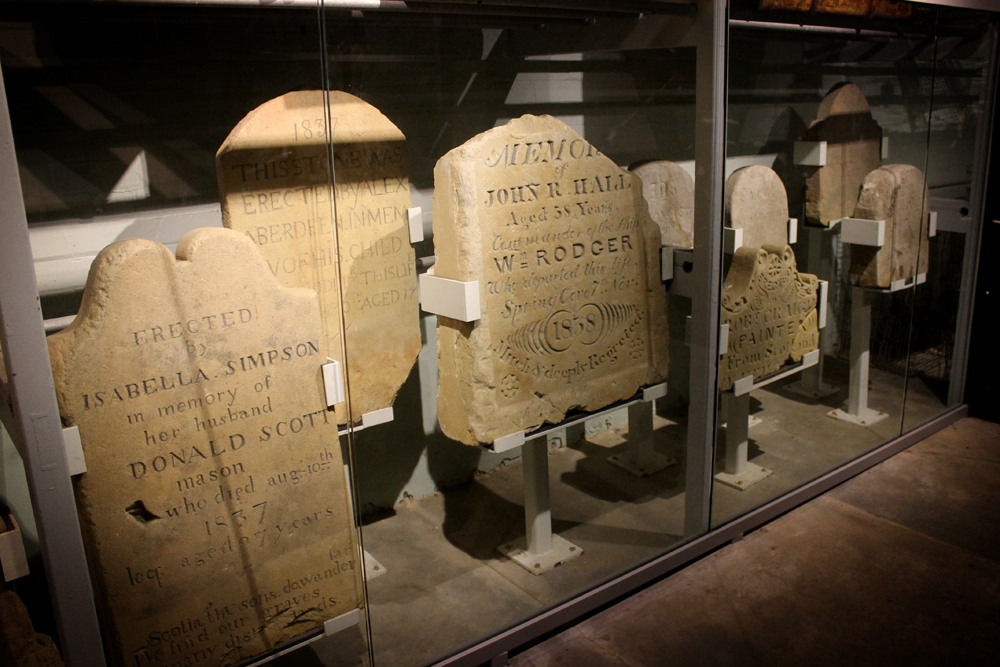
Graves of those who perished at the Quarantine Station
The Quarantine Station is a popular spot for paranormal investigators, who believe that the pain, suffering, and lack of closure experienced by the 500+ patients and staff who died there make the grounds especially ripe for ghost hunting. For this reason, Q Station hosts a variety of ghost tours, ranging from a family Ghost Trackers tour to a Ghostly Sleepover.
I participated in their most popular tour, Ghostly Encounters. Prior to this, the only ghost tour I had experienced was one on the Queen Mary hotel and ship in Long Beach, California, a fairly cheesy tour replete with silly stories and special effects, so I was unsure of what to expect from this one. But man oh man, was I blown away.
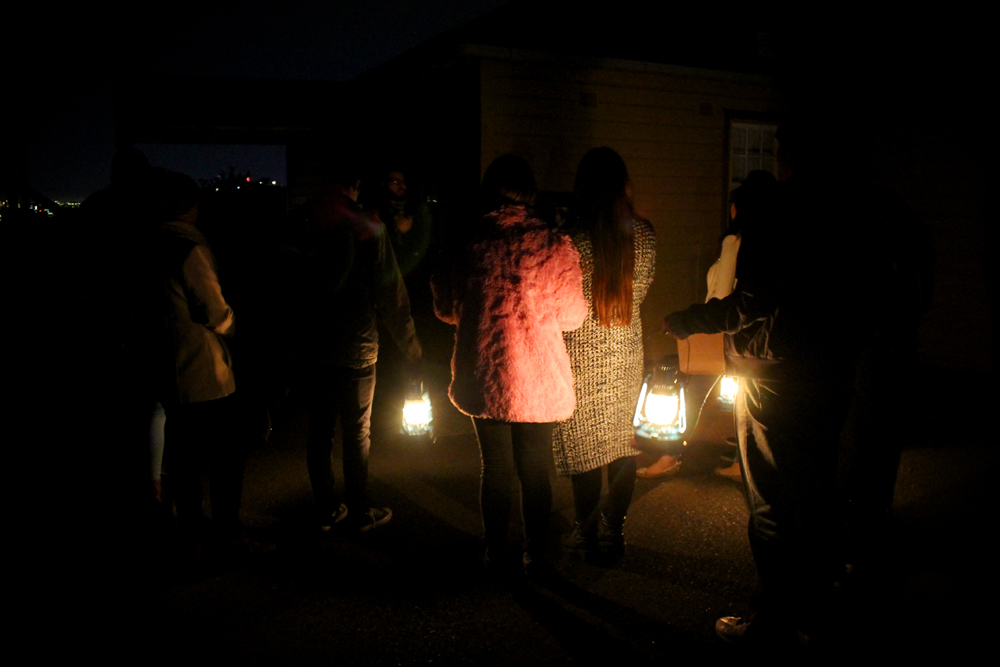
Our group of daring ghost hunters
Our guide led us from building to building, explaining how each was used in its day – from hospital to shower room to morgue – and sharing stories of the people who died there and of the spirits who are still present. While I fall somewhere in the middle of the Mulder to Scully spectrum when it comes to belief in the supernatural, I still found myself petrified (in the best possible way) from start to finish. The creepy settings, tragic true history, and engaging story-telling abilities of the guide all made for a spectacularly spooky night.
I won’t go into too many details about the station’s buildings and residents, because I don’t want to spoil the tour for anyone considering trying it themselves. But did I have any encounters with the departed? I can’t say whether I did or did not, but could these have been brushes with the spirit world?
- I, along with two other guests on the tour, walked through a patch of warm air on an otherwise frosty night. Temperature changes are said to correspond with ghostly presences.
- Standing in a dark, empty room, I’m sure I saw a flash of dark and then light crawl across the floor. Ghost rat?
- While walking through the old carbolic acid showers, I could have sworn another tour member was behind me the entire time…only to turn around on the way out to find I was the last of the group.
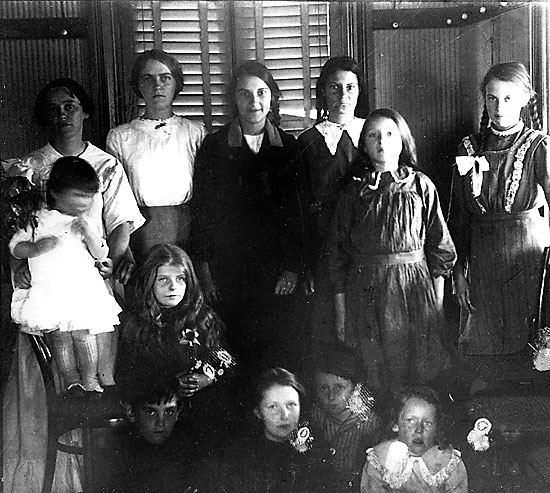
Could I have met one of these former Quarantine Station residents? (photo credit)
All in all, my visit to the Q Station may have been one of the most memorable experiences I’ve had in my almost two years in Sydney. I can’t rave about the ghost tour enough, and I’m tempted to return for a more advanced tour (if I find the courage). Dinner at the Boilerhouse Restaurant was an absolute treat, and the hotel on site is somewhere I’d love to spend a special occasion.
A few pieces of advice: arrange transportation in advance (buses to and from the ferry are limited, so having a car is ideal), bring walking shoes, and dress warmly in the winter. You can learn more about the ghost tours here and about Q Station’s other offerings (restaurants, hotels, far less creepy daytime historical tours, and more) here.
Would you dare visit Q Station?
